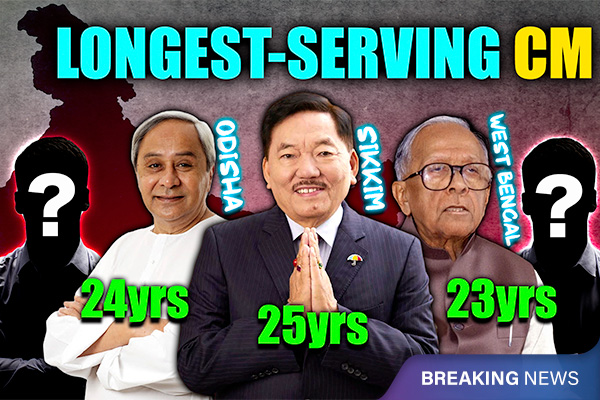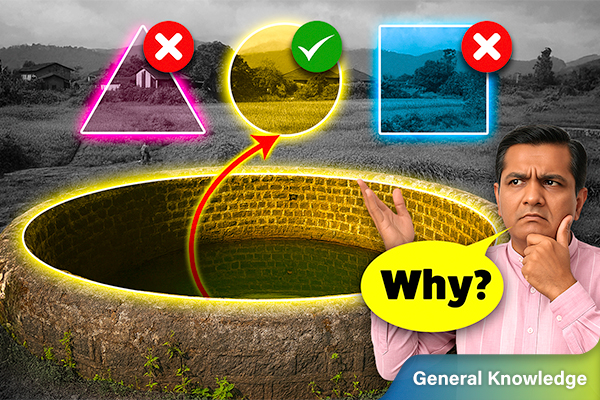Why Living in Villages Cost Less Than Cities?
City life offers comfort but comes with high costs. Village life is simpler, affordable, and full of community warmth.
Have you ever wondered why living in big cities like Mumbai or Delhi can drain your savings, while people in small towns or villages seem content with just a few thousand rupees?
The reason lies in how lifestyles have evolved over time.
Earlier, most Indians lived in villages, growing their own food and sharing resources. Life was simple and affordable, with little dependence on money or markets. But as cities developed after independence with industries, offices, and IT companies people began migrating for jobs and better opportunities.
Today, this migration has made urban living expensive. In cities, land is scarce and costly. Rent, food, travel, electricity, and even basic services like plumbing or healthcare add up quickly. Swiggy, Netflix, and EMIs make city life convenient, but also costly.
In contrast, village life remains peaceful and low-cost. People often live in family homes, grow their own food, and depend less on paid services. Government schemes like PM Awas Yojana and Ujjwala Yojana also reduce expenses. A small income can go a long way in rural India.
While cities offer better jobs and facilities, they bring stress, pollution, and financial pressure. Villages offer calm, space, and community support but fewer opportunities.
As smaller cities grow and remote work becomes common, more people are choosing balance over hustle. In the end, it’s a trade-off between comfort and cost, peace and progress.







